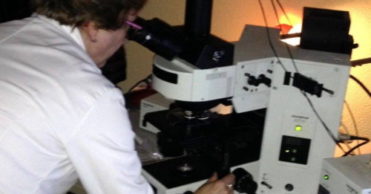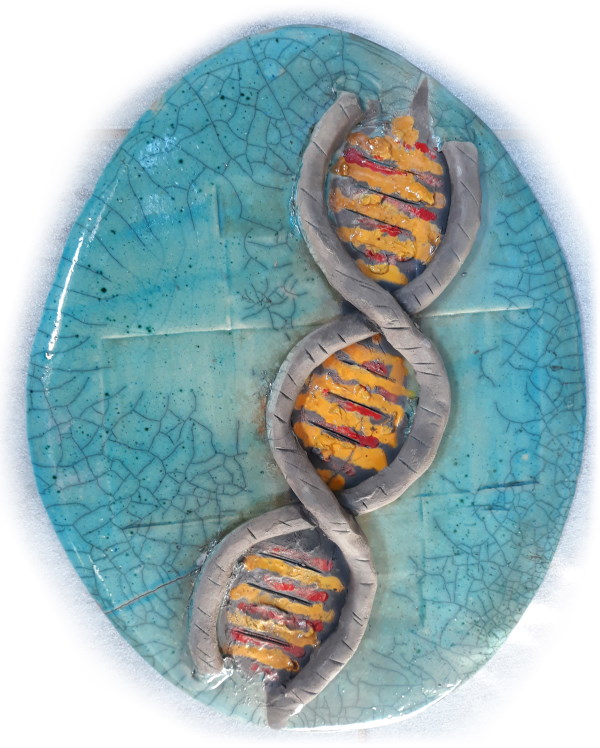Lesch-Nyhan Disease (LND) is a rare X-linked disorder involving purine metabolism. Its incidence in the population is estimated at 1: 350,000 births and is due to mutations in the HPRT1 gene.
In order to better understand the nature of the deletions of this gene, in the scientific study “Detailed Study of HPRT1 Gross Deletions Found in 10 Italian Lesch-Nyhan Families” (Medical & Clinical Research, 2021), the researchers of the Mauro Baschirotto Institute for Rare Diseases analyzed 10 families carrying very large deletions in the HPRT1 region and then they studied their pathogenetic mechanisms.
We located the gene breakpoints and sequenced the junction fragments. The bioinformatics analyzes made it possible to accurately map 10 distinct large deletions, affecting regions of variable length from 300 bp to 64Kbp. Each of the breakpoints identified is unique and each deletion appears to be specific to a family.
The large amount of deletions in the HPRT1 region is peculiar and typically correlated to the almost total lack of polymorphic sites in this gene, a characteristic that makes it very interesting for subsequent studies useful for understanding the pathogenetic mechanisms for both diagnostic and therapeutic purposes.
Here follows the article:
Research Article – Medical & Clinical Research
Submitted: 24 May 2021; Accepted: 31 May 2021; Published: 10 Jun 2021
Paola Cattelan, Daniela Segat, Maria Vittoria Enzo, Uros Hladnik and Paola de Gemmis (2021) “Detailed Study of HPRT1 Gross Deletions Found in 10 Italian Lesch-Nyhan Families.” Medical & Clinical Research 6(6): 586-591.
Abstract
Background: Lesch-Nyhan disease (LND) is an X-linked rare pathology involving the purine nucleotides salvage pathway. Its incidence is estimated in 1:350.000 born. The condition is due to mutations in the HPRT1 (hypoxanthine phosphoribosyl transferase 1) gene of which in our cohort 28% (10/35) are large deletions. In order to better assess the nature of the observed deletions in our LND population we analyzed 10 families carrying large deletions in the HPRT1 gene region and studied the underlying pathogenic mechanisms.
Methods: We performed PCR based localization of the break points and sequenced the gap-junction fragments. Bioinformatics analysis was performed through several web tools on the 5’ and 3’ break points to determine the factors involved in the deletion mechanism.
Results: We precisely mapped 10 unique large deletions involving the HPRT1 gene region that span from 300 bp to 64 kbp. No common breakpoints were found and each deletion appears to be family specific.
Conclusions: The deletions in the HPRT1 gene area are consistent with the Micro homology-Mediated Break-Induced Replication (MMBIR) mechanism. There are strong links with Alu-s and no recurrent break points with all of the observed deletions being unique. The relatively large amount of deletions in the HPRT1 region is peculiar and linked with the almost absolute lack of polymorphic sites in the HPRT1 gene making it a very interesting region for further studies.



